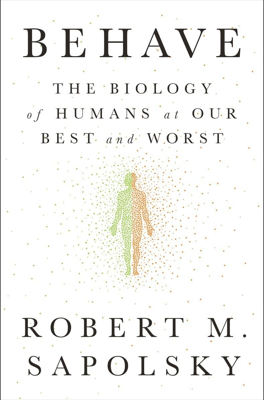Seconds to Minutes Before
Behavioral Triggers and Sensory Influence
Sensory Inputs and Ethology vs. Behaviorism
The chapter discusses the significant influence of external stimuli on behavior, distinguishing between behaviorism's focus on universal behavioral responses and ethology's emphasis on species-specific behaviors. Behaviorists like B.F. Skinner believed behaviors across species could be shaped through rewards and punishments. In contrast, ethologists focused on the unique behavioral adaptations arising from specific ecological demands, studying animals in their natural habitats.
Examples Across Species
Ethologists have identified various sensory triggers in animals: - Auditory cues: Animals use sounds to communicate, e.g., territorial calls by orangutans or mating calls in pandas. - Visual signals: Specific stances or displays convey intentions, such as threat displays in monkeys or play invitations in dogs. - Olfactory and other cues: Many animals, including some snakes, use specific, often undetectable signals to humans, such as pheromones or infrared vision, influencing their behaviors in profound ways.
Subliminal and Unconscious Influences
Subtle, often unnoticed sensory cues significantly shape behavior: - Subliminal cues: These can alter perceptions and behaviors without conscious awareness, such as slight facial expressions influencing emotional empathy. - Racial and social cues: Quick visual processing of faces can evoke biased responses based on race or social status, largely driven by brain areas like the amygdala and the frontal cortex. - Behavioral cues: Implicit cues, such as cleanliness or appearance, impact judgments and actions, showing that even minor elements in our environment can lead us to act in specific ways.
Interoceptive Signals
The brain also receives internal signals about the body's physiological state, playing a crucial role in behavior: - Emotional and physical states are tightly connected, where physical sensations can determine emotional experiences and vice-versa, as proposed by theories like the James-Lange theory of emotion. - Frontal lobe activities: Prolonged cognitive efforts can deplete energy stores, affecting the frontal lobe's functionality and influencing decisions and social behaviors.
Unconscious Language Effects and Societal Implications
Words and contexts have profound effects on decisions and behaviors: - Framing effects: How information is presented, such as the wording of risks and benefits, can drastically change decisions. - Social and group dynamics: Identification with certain groups or societal labels can prime individuals for specific behaviors, showing the powerful role of social and environmental contexts on personal actions.
Conclusions
The chapter highlights that a brain is significantly influenced by both external and internal stimuli seconds to minutes before a reaction or decision. Each sensory input, whether consciously perceived or subliminally registered, plays a pivotal role in guiding behaviors, often overriding rational decision-making. This acknowledgment challenges the notion of complete autonomy in our actions and underlines the complexity of human behavior driven by an intricate interplay of various cues and brain processes.
